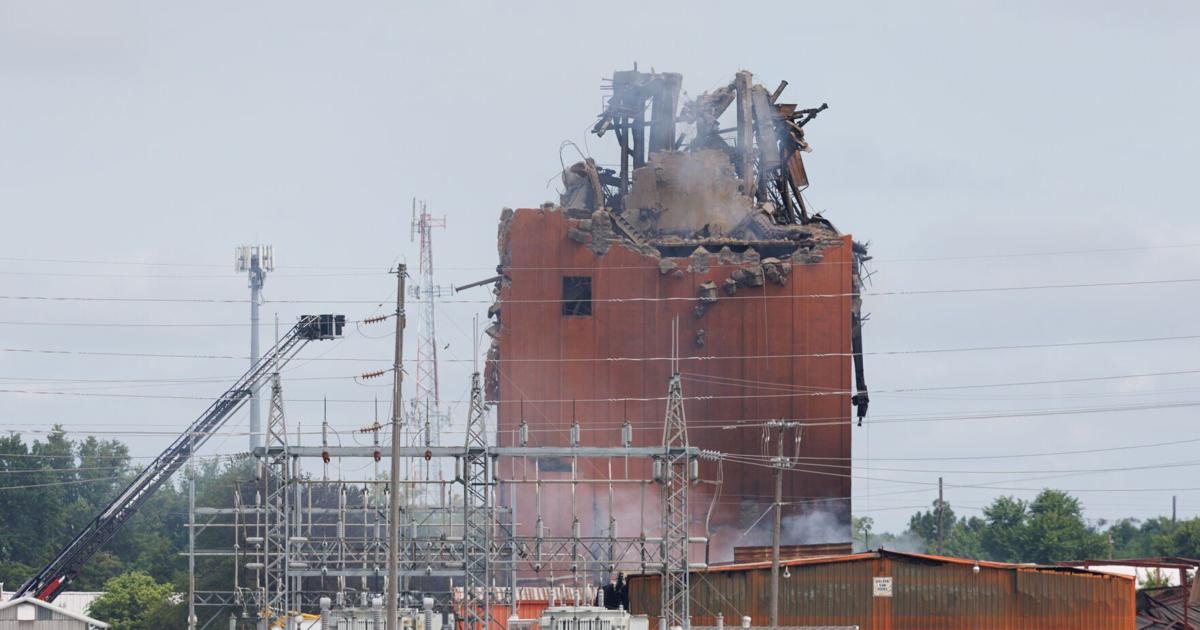A somber cloud hangs over Fremont as emergency responders continue the painstaking recovery operation following a devastating industrial explosion and fire at a local plant, an incident that tragically echoes past safety concerns at the very same site. The intensity of the recent blast has brought to light a critical examination of the plant’s operational history, revealing a concerning pattern of workplace safety lapses that were identified over a decade ago by federal regulators.
In 2012, the Occupational Health and Safety Administration (OSHA) conducted a thorough inspection of Horizon Biofuels, the facility now at the center of the recent calamity. This inspection, prompted by a specific safety complaint, uncovered five significant safety violations. Initially, these infractions led to a substantial penalty of $12,000, a figure later reduced to $6,000 through informal settlements, as detailed in official agency records.
The nature of these historical violations is particularly salient given the current tragedy. Among the key findings was a critical failure to implement adequate lockout/tagout procedures, meaning the plant did not ensure that machinery could be properly de-energized while employees were working on it. Furthermore, the inspection highlighted a lack of proper housekeeping, specifically noting the dangerous accumulation of wood dust around a milling machine, a clear fire hazard that went unaddressed.
Federal regulators did mark all of these 2012 violations as “abated” within a remarkably swift two-month period. This rapid resolution implies that corrective actions were ostensibly taken to address the identified safety deficiencies, theoretically bringing the plant into compliance with workplace safety standards at that time.
Fast forward to Wednesday, July 30, 2025, and Fremont was once again rocked by a catastrophic event at Horizon Biofuels. The explosion ignited a fierce fire, prompting a massive emergency response. Initially, crews mounted an intensive search for three missing individuals – a worker and two young girls – a harrowing effort that underscored the immediate human cost of the industrial disaster.
As the days unfolded, the grim reality of the situation became apparent, leading emergency crews to transition from a search and rescue mission to a recovery operation. This shift signifies the tragic conclusion that survival is unlikely, transforming the focus to retrieving those lost and offering solace to their grieving families, while the fires continue to smolder and investigations begin.
It is not the first time Horizon Biofuels has faced significant challenges. A separate fire in 2014, while mostly confined to the concrete structure and causing electrical damage, also required extensive response. The company reported a return to normal operations within approximately six months after that incident, suggesting a history of resilience but also recurring operational hazards.
The recurring nature of such industrial incidents at the same facility raises profound questions about long-term adherence to safety protocols, the effectiveness of regulatory oversight, and the continuous commitment to preventing potential hazards. While violations may be officially abated, the recent explosion serves as a stark reminder that vigilance in industrial environments must be perpetual.
As investigations into the July 2025 explosion commence, authorities will undoubtedly scrutinize the plant’s entire safety record, seeking to understand if any past issues, despite their reported abatement, could have contributed to this latest, devastating event, and what broader lessons can be learned to prevent future tragedies in industrial settings.






Leave a Reply